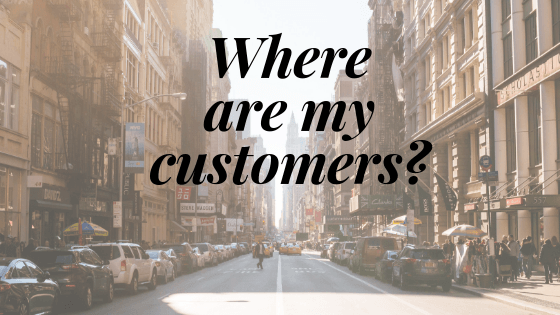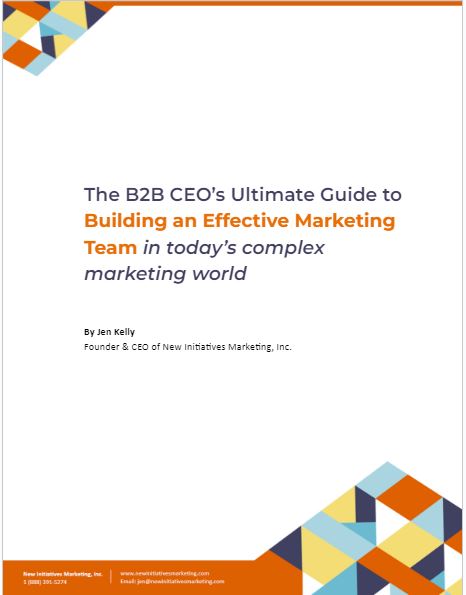You may be wondering why the sales funnel aka buyer’s journey matters…
Marketers have long held to the idea of the marketing and sales funnel. This is a concept that suggests you start with a large target group and somehow squeeze a few clients down through the small end of the funnel.
What happens though, at the end of that funnel? We believe it should continue. This then would form the shape of an hourglass. This is what we call The Marketing Hourglass, a much more holistic and increasingly effective approach in the “era of the customer” we live in today.
The marketing funnel suggests that the buyer’s journey is a straight one and that we as marketers are in charge of how they tread the path. This is not the case! The reality is that so much of the buyer’s journey today happens without our knowledge and participation.
Today we have to understand how the buyer wants to buy. To do this we have to put our businesses along that path – long before a prospect even knows they are looking for what we sell and long after we’ve transacted that sale.
A traditional marketing funnel might have stages such as Awareness, Consideration, and Purchase, while our Marketing Hourglass consists of seven connected stages – Know, Like, Trust, Try, Buy, Repeat and Refer.
Traditional buyer’s journey maps forget this…
Here’s the thing that the traditional marketing funnel neglects to address – when it comes to lead and referral generation a happy customer is your best tool.
By taking the marketing hourglass approach and giving equal attention to building trust and delivering a remarkable experience, you set your business up to create the kind of momentum that comes from an end to end customer journey.
In order to apply this framework to your business, you must get a baseline understanding of how your business interacts with prospects and clients currently, understand how your prospective customers make a buying decision and construct an hourglass journey that guides prospects through the logical stages of your marketing hourglass. Here’s how to do that:
Step 1: Audit your touchpoints
The first step is to take stock in the ways that your business comes into contact with customers and prospects.
Experience tells us that some of these ways are planned and scripted, while some are not. Some happen by accident, while some simply don’t happen at all.
For example, a very common gap in the businesses we work with exists in the transition from transaction to implementation. Marketing and sales got the order, but what happens next?
Another very common mistake is to believe that all you have to do is run ads and respond to requests when, in fact, many potential buyers want hand holding and nurturing and follow-up in order to know you’ll deliver on your promises.
Step 2: Map the customer journey
One of the hardest things for many business owners to do is to put themselves in the shoes of prospective clients long before that client knows that you have the answer.
We often want to convince people we can solve problems they don’t even know they have.
In order to effectively build your Marketing Hourglass, you must fully understand the questions your prospects are asking themselves before they are aware that you or you solutions exist.
For example, if you sell signage, you must start to build awareness through your marketing to prospects, not by explaining how great your signs are, but by addressing ways that businesses can build a stronger culture, attract more clients and make it easier for customers to find what they need – all great uses of signs by the way.
Step 3: Construct your marketing hourglass
Now that you’re thinking touchpoints and journeys you can start to fill in the logical stages of your hourglass with the campaigns, process, and touchpoints that will lead to a great experience.
Know – This is the awareness phase so articles that do well in search, advertising, and even referrals need to start here.
Like – This is the stage where once you attracted them to your site you have to give them reasons to come back, reasons to relate and even reasons to like your team.
Trust – In this stage, reviews, success stories, and client testimonials are your currency.
Try – Now that they are wondering how your solution might work for them it’s time to shower them with eBooks, Webinars and very detailed how-to information. You might also have an evaluation, trial version or low-cost option to offer here.
Buy – For this stage the focus is on keeping the experience high. Think about how you orient new customers, exceed their expectation and even surprise them.
Repeat – Perhaps the best way to get repeat business is to make sure your clients receive and understand the value of doing business with you. Here’s where you need to consider adding a results review process as well as additional upsell and cross-sell touchpoints.
Refer – The Marketing Hourglass journey is ultimately about turning happy clients into referral clients. You do this first and foremost by creating a great experience, by being referral worthy, but you also have to build processes and campaigns that make it easy for your champion clients to introduce and refer your business.
A fully developed Marketing Hourglass is a thing of beauty, but it’s never really done and you can always go to work on adding to it and making it better. Monitor and measure the places where people don’t seem to move easily to the next step and make the conversion of each step job #1.
Every time you enter a new market or develop new product or service you can use this framework as a way to make sure you create the perfect end to end customer journey for every offering.
This post was originally published by Duct Tape Marketing. New Initiatives Marketing is a Duct Tape Certified Marketing Agency
Jen Kelly is a marketing consultant in Toronto and CEO of New Initiatives Marketing Inc. (NIM) serving growing businesses in Canada and the USA. NIM is the team to call for marketing execution excellence. Contact us today for a conversation about your company’s buyer’s journey, marketing hourglass and how customers reach your business.



